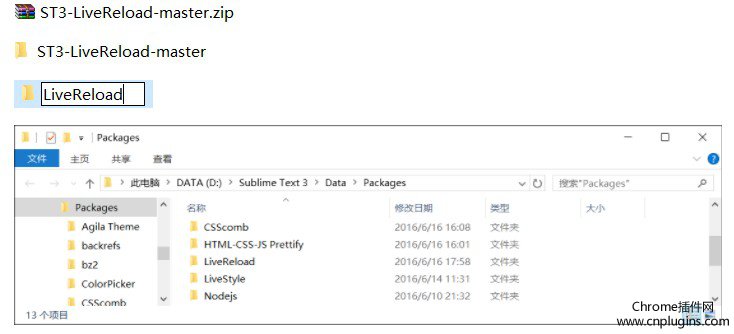
#Livereload alternative how to#
As examples, think about auditable Rails consoles that protect encrypted data or check the built-in system to filter controller params automatically.Ĭheckout the full guide on how to use encrypted attributes. This enables controlling how this information is accessed and building services around it.
#Livereload alternative code#
And even without thinking about malicious actors, checking application logs for legit reasons shouldn’t expose personal information from customers either.īut more importantly, by using Active Record Encryption, you define what constitutes sensitive information in your application at the code level. For example, if an attacker gained access to your database, a snapshot of it, or your application logs, they wouldn’t be able to make sense of the encrypted information.

And I’ve recorded a new demo video to show off the framework properly.Īnd here are some of the many other new features and improvements: At-Work Encryption With Active RecordĮxtracted from HEY, we’ve added encrypted attributes to Active Record, so your application can offer at-work encryption in addition to the traditional at-rest and in-transit coverage.Īs an immediate practical benefit, encrypting sensitive attributes adds an additional security layer. The new look has also been applied to the boot screen for new apps. Like our brand new website! Created together with Basecamp designer Sean Mitchell. The alternate path of integration with Node is lighter, less prescriptive, and less brittle than ever before.īut of course, this is not all! While Rails 7’s big idea is the reformation of the front-end answers, there’s plenty of additional progress to celebrate as well. The default path without Node is dramatically simpler, surprisingly capable, and skating to where the puck of future front-end development is likely to go anyway. These are the best default choices we’ve ever had for front-end development in Rails. (And exclusively for Tailwind, we even have a version that works without the Node dependency as well!) If you’re willing to accept the complexity of a Node dependency, you can pre-configure your new Rails app to use any of them with -css bootstrap and it’ll use cssbundling-rails. From Tailwind CSS to Bootstrap, from Dart-powered Sass to PostCSS. With Rails 7, all they need to be able to produce is a compiled application.css file, and they’ll integrate perfectly. The same approach is taken with CSS bundlers that rely on Node. Whether you like esbuild (and who doesn’t these days!) or rollup.js or even Webpack, you’ll be able to use any of them through the new jsbundling-rails integration that can be pre-configured for new apps with -javascript esbuild. Gone is the tightly-coupled embrace of Webpack with Webpacker, and instead is a loosely-coupled embrace of any JavaScript bundler you might prefer. While most Rails applications won’t need a dependency on Node given these defaults, we’ve still managed to also dramatically improve the integration story for those who do in Rails 7.

It’s the default choice for new Rails apps, replacing the far more limited options of Turbolinks and Rails UJS. Hotwire’s combination of Turbo and Stimulus deliver all the tools needed to produce fantastic user experiences that leave little to nothing on the table in contrast to single-page applications – at a fraction of the complexity. Rails 7 takes advantage of all of these advances to deliver a no-Node default approach to the front end – without sacrificing either access to npm packages or modern JavaScript in the process. But with advancements in browser support for ES6/ESM, widespread adoption of HTTP/2, and the exciting new standard for import maps, it’s finally possible. We simply didn’t have the core technologies in place. This vision wasn’t possible even just a few years ago.

An omakase menu that includes everything from the aperitif to the dessert. It’s the fulfillment of a vision to present a truly full-stack approach to web development that tackles both the front- and back-end challenges with equal vigor. This version of Rails has been years in the conceptual making.


 0 kommentar(er)
0 kommentar(er)
